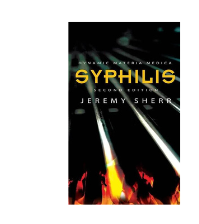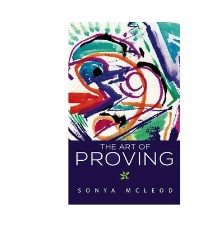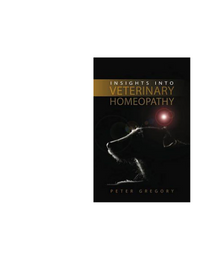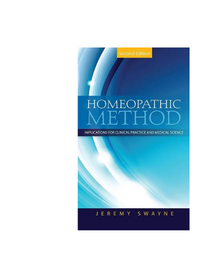Prisma Reference by Frans Vermeulen
Homeopaths are always eager to have the latest repertory with the most additions to keep the greatest amount of info at their fingertips. The same should be true with materia medica – they should contain information that is both accurate and current. For over 20 years, Vermeulen materia medicas have provided reliability, breadth and depth, cutting edge details supporting the changes in methods of prescribing. That is why they are the best selling and most trusted materia medicae in homeopathic practice. The Ultimate Prisma Collection contains the most remedies and the most detailed information of any materia medica, including hundreds of remedies not found in any other text. This work also features the most comprehensive list of remedies, all accurately identified, categorised and described, considerably improved, revised and expanded from Vermeulen’s previous works. To reflect new prescribing practices 'Sensation' entries have been added. These are the tools of our profession – a carpenter would not keep a dull saw, a seamstress would not keep an outdated sewing machine, a cook would not use stale ingredients. To achieve the best results homeopaths must constantly update their reference materials and ensure that they are working with information of the highest quality. A small change in the placement of a plant into a different family, new source details about a mineral or the addition of a new animal remedy can make a huge clinical difference.








